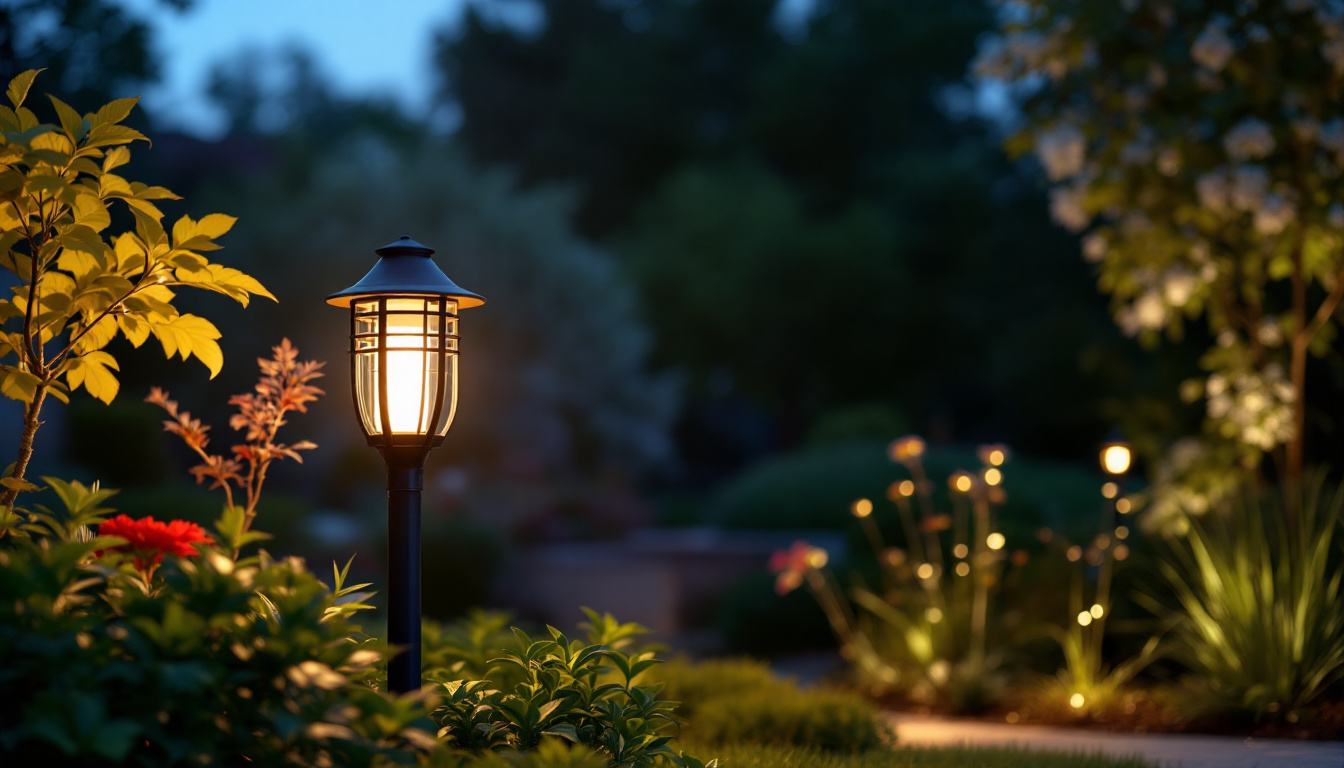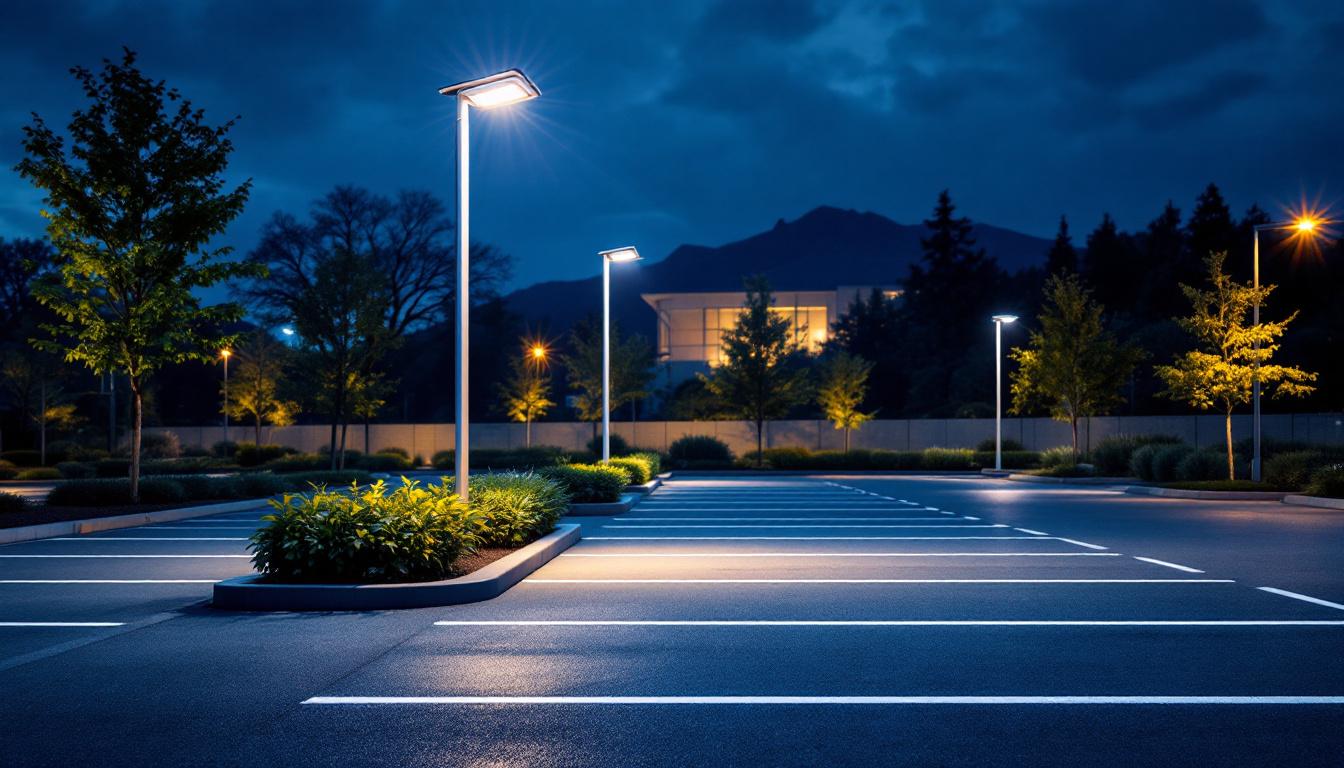
outdoor yard lamps play a crucial role in enhancing the aesthetics and functionality of residential and commercial spaces. For lighting contractors, understanding the intricacies of outdoor lighting design, installation, and maintenance is essential to meet client expectations and ensure safety. This article explores the key points that lighting contractors should consider when working with outdoor yard lamps.
Outdoor yard lamps come in various styles, sizes, and functionalities. They can serve multiple purposes, from illuminating pathways to enhancing landscape features. Familiarity with the different types of outdoor lamps is vital for contractors to provide tailored solutions for their clients.
There are several types of outdoor yard lamps available on the market, each designed for specific applications. Common types include:
With the growing emphasis on sustainability, energy-efficient outdoor lighting solutions have become increasingly popular. LED technology has revolutionized outdoor lighting, offering long-lasting performance with significantly lower energy consumption compared to traditional incandescent bulbs. Contractors should educate clients about the benefits of LED outdoor yard lamps, including:
Moreover, the integration of solar-powered outdoor lamps has further enhanced the sustainability aspect of outdoor lighting. These lamps harness sunlight during the day and convert it into energy to power the lights at night, eliminating the need for electrical wiring and reducing carbon footprints. Solar lights are particularly beneficial for remote areas where electricity access may be limited, providing a practical and eco-friendly solution for homeowners looking to brighten their outdoor spaces.
In addition to energy efficiency, the aesthetic appeal of outdoor yard lamps cannot be overlooked. With a myriad of designs available—from sleek modern styles to vintage lanterns—homeowners can choose fixtures that complement their architectural style and landscape design. Furthermore, many outdoor lamps now come equipped with smart technology, allowing users to control lighting remotely via smartphone apps. This not only enhances convenience but also enables homeowners to adjust lighting according to their needs, whether for entertaining guests or simply enjoying a quiet evening outdoors.
Designing an effective outdoor lighting scheme requires careful planning and consideration of various factors. Lighting contractors must take into account the specific needs of the space, the preferences of the client, and the overall aesthetic appeal.
Before installation, it’s essential to conduct a thorough assessment of the outdoor area. Factors to consider include:
Additionally, it’s important to evaluate the surrounding environment. For instance, nearby buildings, streetlights, and natural elements can influence how light is perceived and distributed. A well-lit area can enhance the safety of pathways and entrances, while also creating a welcoming atmosphere. Moreover, understanding the local climate and weather patterns can inform decisions regarding the durability and type of lighting fixtures used, ensuring they can withstand various conditions without compromising functionality.
A well-thought-out lighting plan is crucial for achieving the desired effect. This plan should include:
Furthermore, the choice of lighting fixtures plays a significant role in the overall design. Selecting fixtures that complement the architectural style of the home or landscape can enhance visual appeal. For instance, sleek, modern fixtures may suit contemporary homes, while vintage lanterns might be more appropriate for traditional settings. Additionally, considering energy-efficient options, such as LED lights, not only reduces energy consumption but can also lower maintenance costs over time. Incorporating motion sensors and timers can further enhance the functionality of the lighting system, ensuring that lights are only active when needed, thus promoting sustainability.
Proper installation is key to the functionality and longevity of outdoor yard lamps. Lighting contractors should adhere to best practices to ensure safety and efficiency.
Safety is paramount when installing outdoor lighting. Contractors should follow these guidelines:
After installation, testing the lighting system is essential. Contractors should:
Regular maintenance is vital for the longevity and performance of outdoor yard lamps. Contractors should provide clients with guidelines for upkeep to ensure their lighting systems remain in optimal condition.
Encourage clients to conduct routine inspections of their outdoor lighting systems. Key areas to focus on include:
Outdoor lighting systems may require additional attention during seasonal changes. For example:
Effective communication with clients is essential for a successful lighting project. Lighting contractors should take the time to educate clients about their outdoor lighting systems.
Clients may not be familiar with the various types of outdoor yard lamps and their functionalities. Providing clear explanations can help them make informed decisions. Key points to discuss include:
It’s important to set realistic expectations regarding the performance and maintenance of outdoor lighting systems. Contractors should discuss:
The outdoor lighting industry is continuously evolving, with new trends emerging that can influence design and installation practices. Staying updated on these trends can help contractors offer cutting-edge solutions to clients.
Smart lighting systems are becoming increasingly popular in outdoor applications. These systems allow homeowners to control their outdoor lighting remotely via smartphones or smart home devices. Benefits include:
There is a growing trend towards integrating outdoor lighting with landscaping elements. This approach enhances the overall aesthetic and functionality of outdoor spaces. Key considerations include:
Outdoor yard lamps are essential components of effective lighting design, offering both functionality and aesthetic appeal. For lighting contractors, understanding the various types of outdoor lamps, design considerations, installation best practices, and maintenance requirements is crucial for delivering high-quality services. By staying informed about industry trends and effectively communicating with clients, contractors can ensure successful outdoor lighting projects that meet the diverse needs of their customers.
As the demand for outdoor lighting continues to grow, contractors who prioritize education, safety, and innovation will be well-positioned to thrive in this competitive market.
Ready to elevate your lighting projects with premium quality and unbeatable value? Look no further than LumenWholesale for all your outdoor yard lamp needs. Our spec-grade lighting products are designed to meet the highest industry standards, ensuring you deliver exceptional results to your clients every time. Say goodbye to inflated markups and hello to hassle-free bulk buying with free shipping. Don’t compromise on quality or cost—choose LumenWholesale for the perfect blend of affordability and reliability. Wholesale Lighting at the Best Value is just a click away. Start transforming your outdoor lighting projects today!

Discover the top strategies lighting contractors use to implement solar LED parking lot lights, enhancing energy efficiency and sustainability.

Explore innovative strategies employed by smart lighting contractors in utilizing LED grow lamps to optimize plant growth.
Explore the pros and cons of large shop ceiling fans versus alternative cooling solutions in this insightful guide tailored for lighting contractors.

Discover innovative cost-saving strategies for lighting contractors with electronic ballasts.